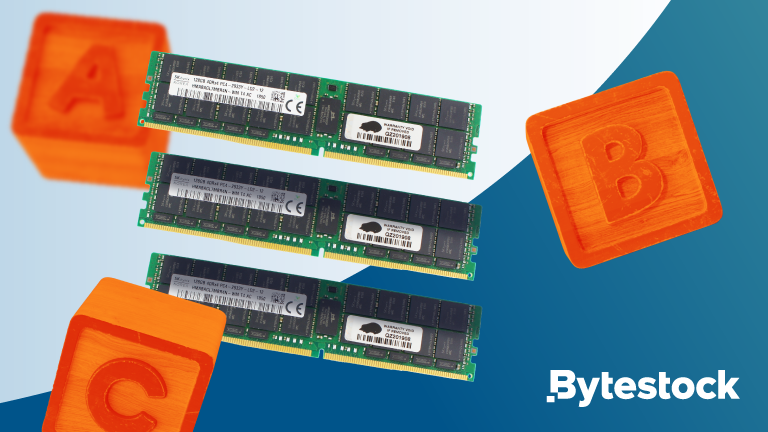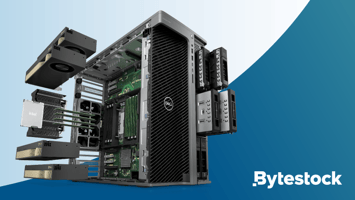In the ever-evolving landscape of IT, you may be wondering what's actually working behind the...
The Basics of RAM

Random Access Memory (RAM), commonly known as 'memory', is a high-speed component that temporarily stores information the central processing unit (CPU) needs to process tasks efficiently. And, unlike hard drives, which rely on sequential access, the data stored in RAM can be accessed within milliseconds.
How RAM Enhances Performance
RAM expedites instruction processing by eliminating the CPU's need to retrieve data from the hard drive or SSD with each command. Whether opening an internet browser or playing a video, RAM acts as the desk you work from; the larger your desk, the more papers you can have out at once, allowing for quick and easy access without digging through drawers. Similarly, RAM temporarily saves several tasks, enabling smooth operation from the moment you turn on your computer until you shut it down.
"RAM is the short-term memory of a device."
Since RAM is volatile, it forgets everything once the device loses power or shuts down, making it ideal for handling high-speed tasks but unsuitable for long-term storage. This is why devices also need storage systems like hard drives (HDDs) and solid state drives (SSDs), which retain data long-term and can be accessed at any time.
If your system is slow or unresponsive, upgrading your RAM is often the easiest and most cost-effective way to boost performance.
Types of RAM
Dynamic RAM (DRAM)
DRAM is a type of semiconductor memory used for data and program code needed by a computer processor to function. The two types of DRAM are:
- SIMM (Single In-Line Memory Module): Popular in the 80s and 90s, SIMMs came in 30 and 72 pin sets with 32-bit data transfer rates.
- DIMM (Dual In-Line Memory Module): More commonly used today, DIMMs have 168 or more pin connectors on both sides of the chip and support a 64-bit data transfer rate.
Static RAM (SRAM)
SRAM uses bistable latching circuitry, known as flip-flops, to store each bit. Unlike DRAM, which needs periodic refreshing, SRAM includes a self-refresh circuit.
- CPU Cache: SRAM is usually used for CPU cache, while DRAM is used for main memory.
- Non-Volatile SRAM (NV-SRAM): Combines standard SRAM functionality with the ability to save data when power is off, preserving critical information on devices where a battery is impractical.
- Pseudo-Static RAM (PSRAM): Features a DRAM memory core with a self-refresh circuit, offering density and cost advantages without the complexity of DRAM access.
DRAM typically offers higher storage capacity than SRAM and is often the cheaper option.
Understanding the types of RAM and their uses can help you make informed decisions about your computer's memory needs. If you're unsure which RAM is right for you, get in touch with our team today. Our experts will recommend the best components and hardware to take your business to new heights.




-1.png?height=200&name=MicrosoftTeams-image%20(21)-1.png)

